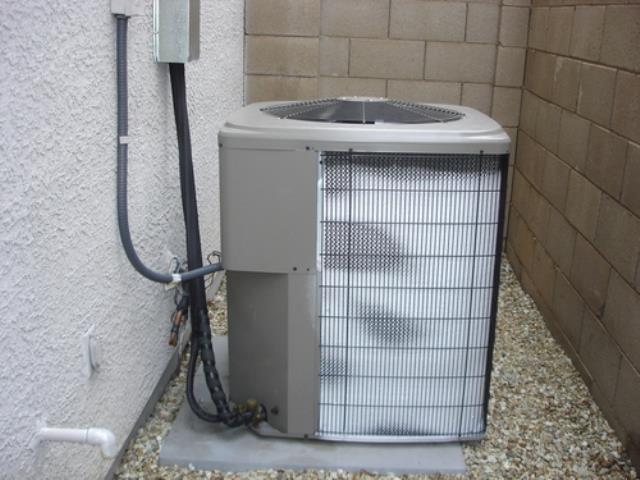
by GroupM7 | Mar 22, 2016 | Articles
How Whole-House Dehumidifiers Impact IAQ Mar 22, 2016 When you think about the air quality in your Longview, Texas home, do you think about seasonal allergies and dust? Indoor air quality (IAQ) threats are nothing to sneeze at, but keeping your indoor air clean goes a...

by GroupM7 | Mar 18, 2016 | Blog
What Does REME technology mean for Longview TX? Feb 3, 2012 Much of the heating and cooling system for your Longview, Texas home is out of sight. Your only clue that something may be amiss comes when the unit doesn’t seem to be performing as it should. Many of the...

by GroupM7 | Mar 13, 2016 | Blog
What Does REME technology mean for Longview TX? Feb 3, 2012 Does your garage get too hot during those warmer months in Longview, Texas? Have you just decided to avoid going into the garage unless it’s absolutely necessary? You might be surprised to find out that there...




